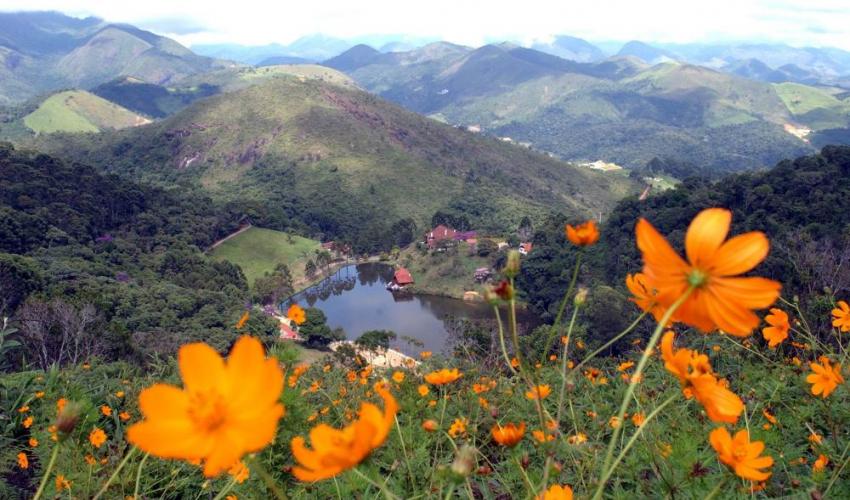Sixty per cent of the world’s remaining tropical rainforest is in Brazil so forest restoration initiatives could have major positive impacts on the climate, biodiversity and livelihoods. Roberto S. Waack, founder member of the Brazilian Coalition on Climate, Forests, and Agriculture, says a landscape approach is key to success.
Forests are part of the natural capital that is critical for human well-being, a healthy economy and a sustainable society. They knit entire landscapes together – the rivers that run through them, the soil they keep from eroding, the floods they hold back, and the carbon emissions they trap. Even this year’s International Day of Forests (21 March) makes a direct link between forests as the provider and regulator of water – a precious and, in many places, scarce resource. Forested watersheds and wetlands supply 75 per cent of the world’s accessible freshwater.
Momentum is increasing as forests’ role in a safe, healthy planet becomes more obvious, and the challenge to conserve and restore them truly urgent. The 2015 results in Paris after intense climate talks symbolized a larger wave of change in how we view nature not as a stand-alone but as the system that supports our jobs, health, and well-being. This is the essence of the landscape approach: to move forward, we must do so together – interdependently as opposed to independently, especially in dealing with forest conservation, restoration and management.
Independent actions have driven heroic achievements in the civil society arena, but they have also driven forest conversion in many parts of the world. It’s time to bring a wide spectrum of actors into the forest space, to share both the challenges and the solutions. And forest landscape restoration (FLR) offers many opportunities for these innovative and collaborative socio-economic models.
We are looking at these opportunities in Brazil, where diverse types of forest landscapes cover 62 per cent of the country, including 33 per cent under agriculture. In advance of the 2015 Paris Climate Conference (COP21), Brazil Brazil submitted its contribution to global climate efforts to global climate action. Among other goals, setting national forest restoration targets to restore 12 million hectares of forests by 2030.
There are many ways to implement FLR, including planting new trees, managing natural regeneration and improving land management. FLR relies on active engagement from various stakeholders throughout the process, and can accommodate many different land uses, including agriculture, agroforestry, protected wildlife reserves, regenerated forests, managed plantations, riverside plantings to protect waterways and others. All of these processes are headed towards the same end goal: to restore forest landscapes so they are able to function and provide for every person, animal and ecosystem that depends on them.
Forests are one of the many conservation issues to be addressed at the upcoming IUCN World Conservation Congress 2016, Planet at the Crossroads, in Hawai’i. Ultimately, as we stand together at these crossroads, the landscapes approach is the recognition that we – business leaders and conservationists, governments and NGOs, women and rural groups, and everyone in between – are all connected. Only together can we build and restore the forest landscapes needed for a sustainable future.
- Roberto S. Waack, Chairman of Amata S.A. & founding member of the Brazilian Coalition on Climate, Forests, and Agriculture











